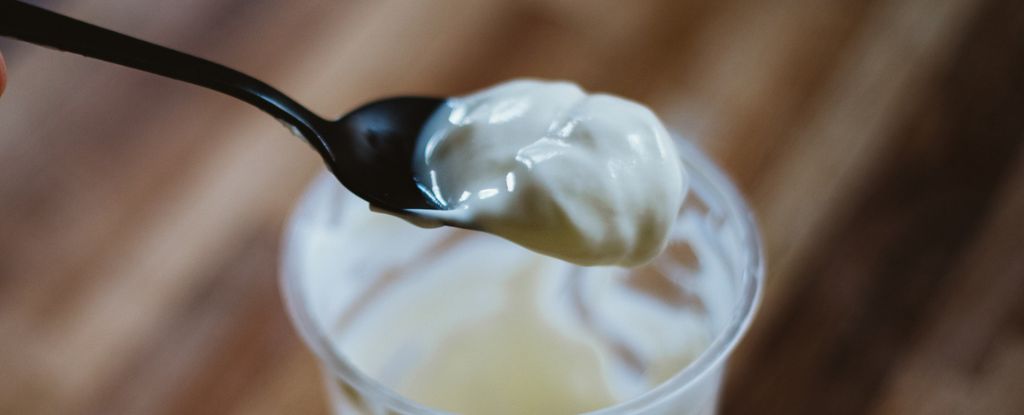ARTICLE AD
Subscribe today
Every print subscription comes with full digital access
Science News
INDEPENDENT JOURNALISM SINCE 1921 SIGN INMercury’s mottled surface (seen in this image from NASA’s Messenger probe) may have been shaped largely by ephemeral compounds called volatiles. </p>
" data-image-description="" data-image-meta="{"aperture":"0","credit":"","camera":"","caption":"","created_timestamp":"0","copyright":"","focal_length":"0","iso":"0","shutter_speed":"0","title":"","orientation":"0"}" data-image-title="121823_sek_mercury_feat" data-large-file="https://i0.wp.com/www.sciencenews.org/wp-content/uploads/2023/12/121823_sek_mercury_feat.jpg?fit=800%2C450&ssl=1" data-medium-file="https://i0.wp.com/www.sciencenews.org/wp-content/uploads/2023/12/121823_sek_mercury_feat.jpg?fit=680%2C383&ssl=1" data-orig-file="https://i0.wp.com/www.sciencenews.org/wp-content/uploads/2023/12/121823_sek_mercury_feat.jpg?fit=1440%2C810&ssl=1" data-orig-size="1440,810" data-permalink="https://www.sciencenews.org/121823_sek_mercury_feat" decoding="async" height="580" sizes="(max-width: 1030px) 100vw, 1030px" src="https://i0.wp.com/www.sciencenews.org/wp-content/uploads/2023/12/121823_sek_mercury_feat.jpg?fit=1030%2C580&ssl=1" srcset="https://i0.wp.com/www.sciencenews.org/wp-content/uploads/2023/12/121823_sek_mercury_feat.jpg?w=1440&ssl=1 1440w, https://i0.wp.com/www.sciencenews.org/wp-content/uploads/2023/12/121823_sek_mercury_feat.jpg?resize=680%2C383&ssl=1 680w, https://i0.wp.com/www.sciencenews.org/wp-content/uploads/2023/12/121823_sek_mercury_feat.jpg?resize=800%2C450&ssl=1 800w, https://i0.wp.com/www.sciencenews.org/wp-content/uploads/2023/12/121823_sek_mercury_feat.jpg?resize=330%2C186&ssl=1 330w, https://i0.wp.com/www.sciencenews.org/wp-content/uploads/2023/12/121823_sek_mercury_feat.jpg?resize=768%2C432&ssl=1 768w, https://i0.wp.com/www.sciencenews.org/wp-content/uploads/2023/12/121823_sek_mercury_feat.jpg?resize=1030%2C580&ssl=1 1030w, https://i0.wp.com/www.sciencenews.org/wp-content/uploads/2023/12/121823_sek_mercury_feat.jpg?resize=1380%2C776&ssl=1 1380w" width="1030">
Mercury’s mottled surface (seen in this image from NASA’s Messenger probe) may have been shaped largely by ephemeral compounds called volatiles.
Carnegie Institution of Washington, Johns Hopkins University Applied Physics Laboratory, NASA
Mercury’s surface might not be quite so terra firma, at least on geologic timescales.
The closest planet to the sun is a world sculpted by volatiles — ephemeral compounds that can freeze, flow or float into space over time, analogous to water on Earth.

 1 year ago
112
1 year ago
112 

